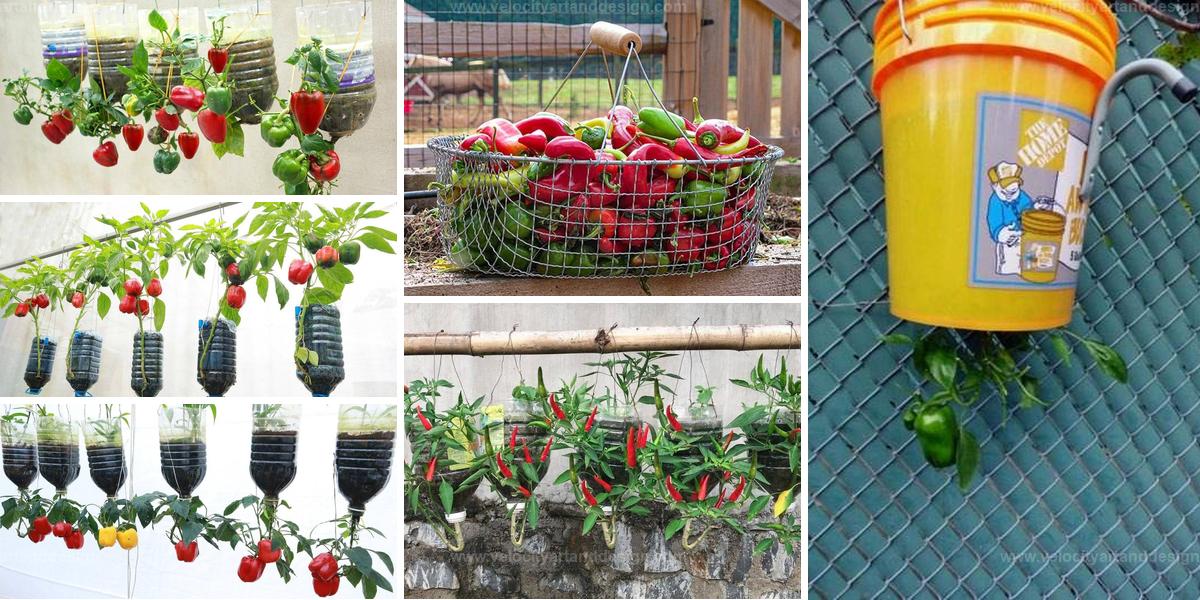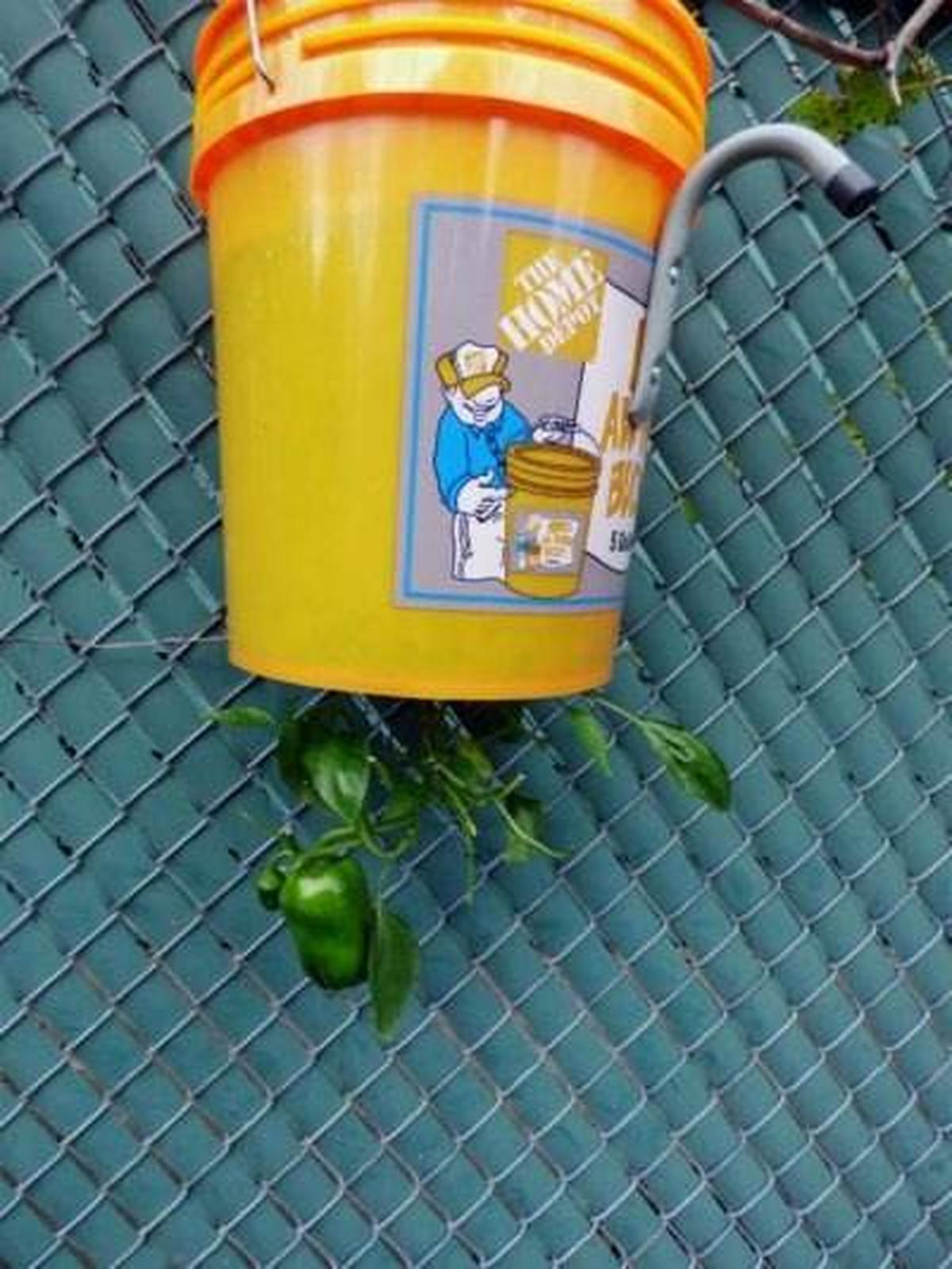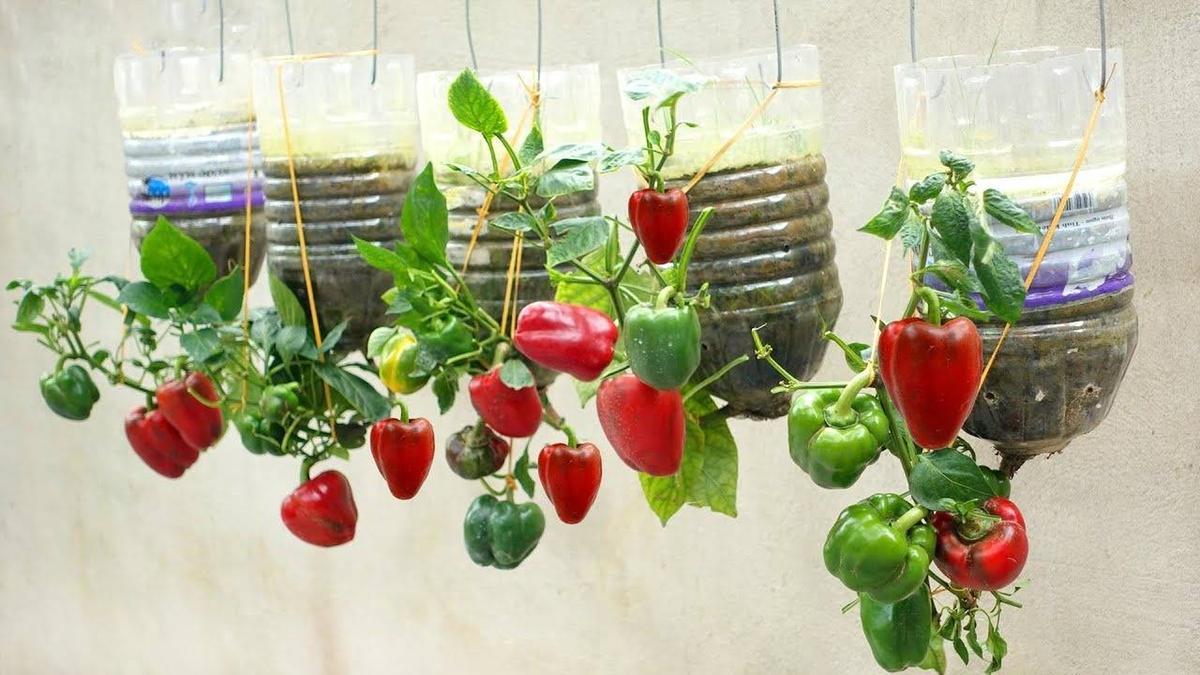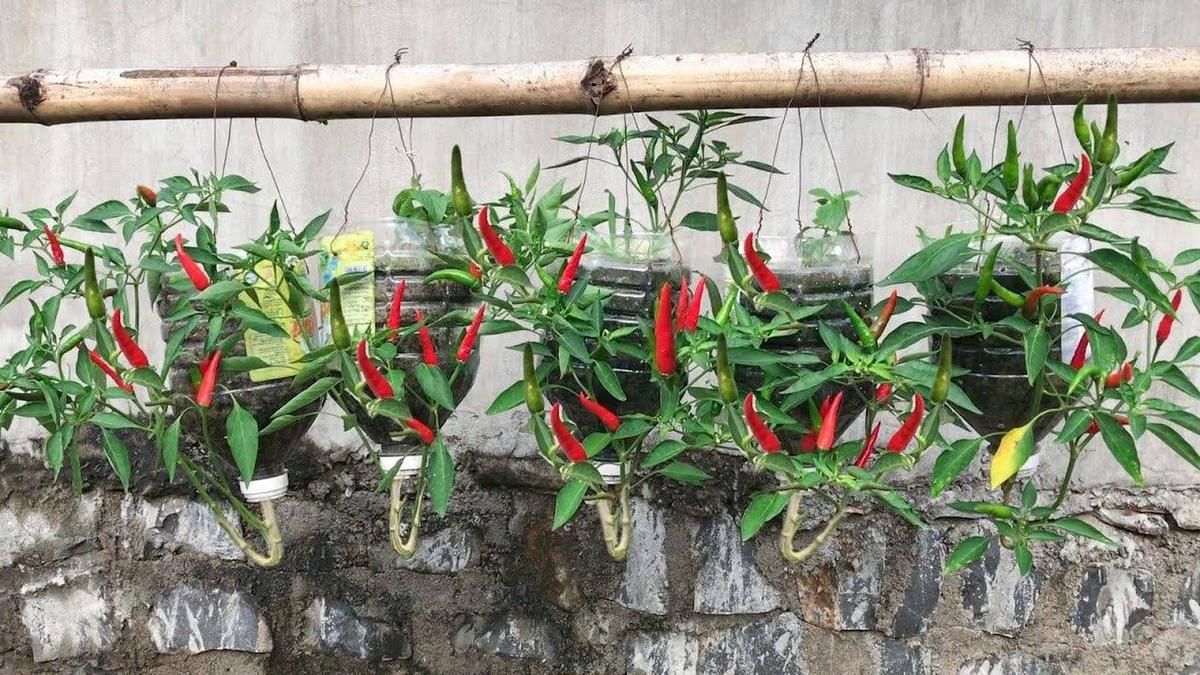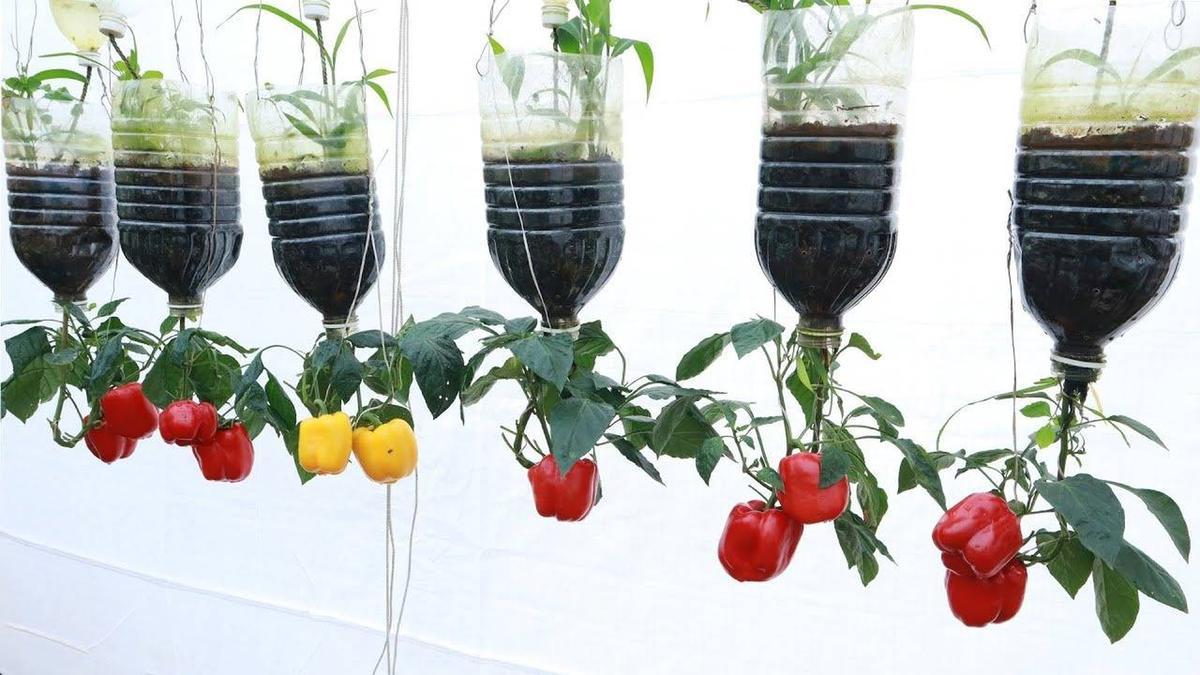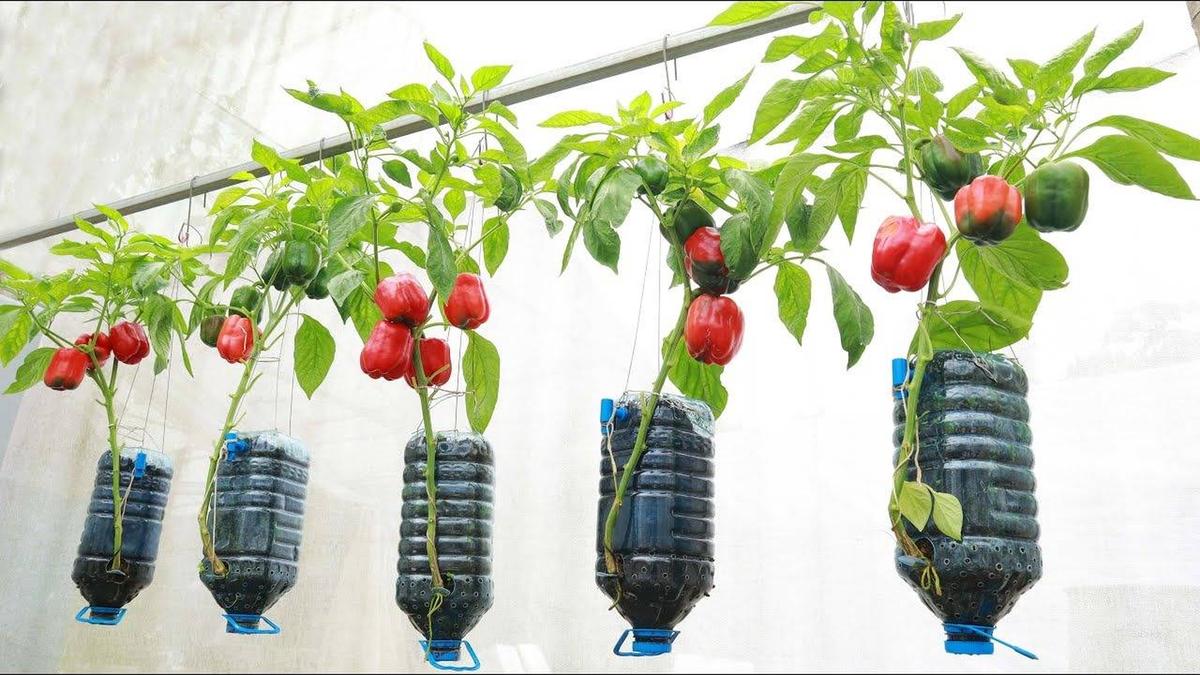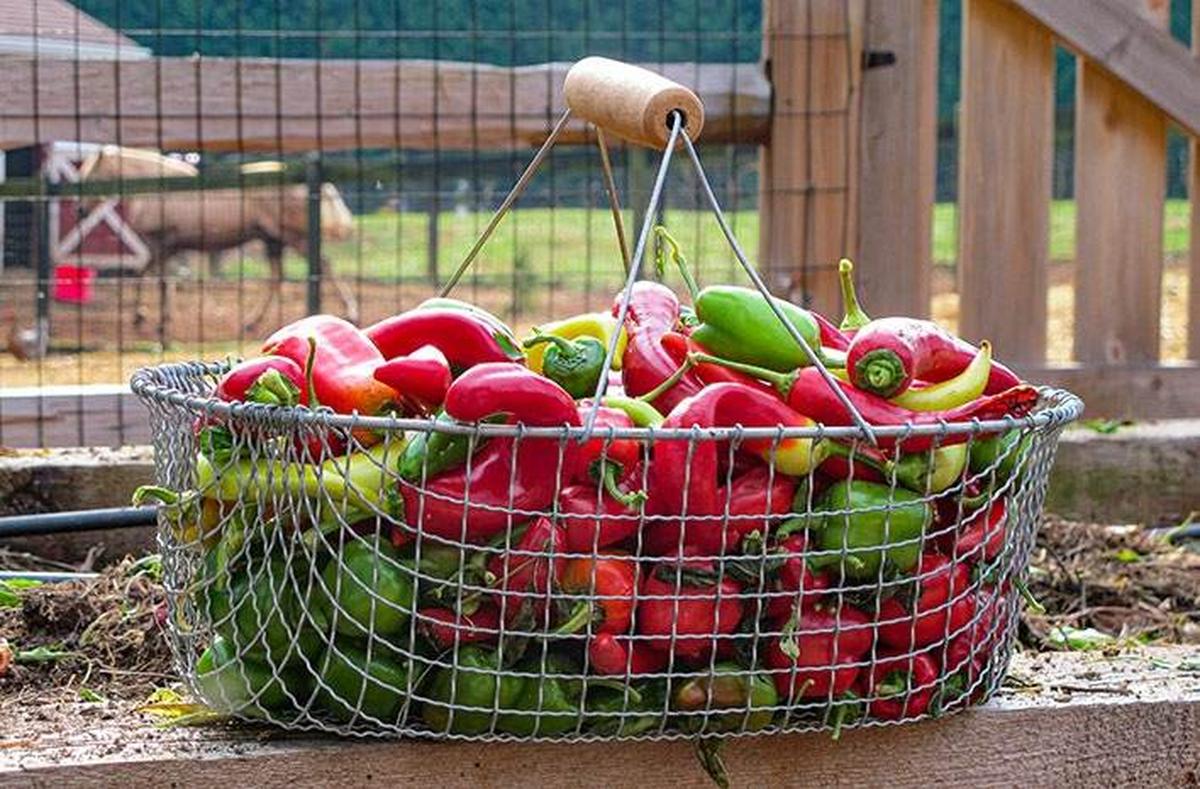Growing Peppers Upside Down: A Fun & Easy Guide
Upside-down gardening is a smart solution for small spaces, and growing peppers this way can add a twist to your gardening experience.
This innovative approach not only saves space but may also reduce common garden pests and diseases.
Discover how to set up your own upside-down pepper garden and enjoy a variety of fruits.
Materials And Tools
Guide to Grow Peppers Upside Down
Selecting Peppers and Planters
Choose smaller pepper varieties like bell peppers or chili peppers for upside-down growing, as their lighter weight reduces strain on the plant.
Opt for specially designed upside-down planters or repurpose 5-gallon buckets, ensuring they have secure lids to maintain moisture.
Preparing Soil and Planters
Drill a drainage hole at the bottom of your container. Fill with potting soil up to an inch from the top to prevent water overflow. Create a central hole just big enough for the pepper plant's root ball.
Growing Peppers Upside Down
Place your planters in a sunny location that receives 6-8 hours of sunlight daily and is stable enough to support the weight of watered planters.
Insert the pepper plant through the container hole, securing it with additional soil. Flip the planter carefully to let the pepper plant hang downwards.
Caring for Your Peppers
Water the peppers with 1-2 inches per week, increasing frequency during hot weather. Check soil moisture with a meter or your finger.
Fertilize using balanced plant food or organically with banana peels and fish emulsion to enrich the soil with essential nutrients.
Harvesting and Storing
Harvest peppers by plucking them from their hanging position, which encourages further production.
Store bell peppers in the refrigerator and chili peppers at room temperature, using them within a week for optimal freshness.
For longer storage, freeze or dry the peppers, or try pickling. Keep them in airtight containers to avoid moisture issues and check regularly for spoilage.
Other Tricks
Choosing Planter
Using buckets with lids is highly effective for growing peppers upside down, as the lids help retain moisture.
Alternatively, sturdy fabric grocery bags can be repurposed as planters. Simply hang the bags filled with a well-draining potting mix to grow chili pepper seedlings.
Potential Issues
The main concerns with upside-down peppers involve larger varieties like bell peppers, which can stress and break the stem under their weight, especially in adverse weather.
Additionally, peppers grown this way are more exposed and susceptible to bird damage.
Pest Control
Regularly monitor for pests and diseases such as aphids, corn borers, and powdery mildew, and address any infestations quickly to ensure plant health.
Pruning
Pruning and pinching back leaves improves airflow and overall plant health. Remove any branches or leaves that reach the ground to prevent disease and rot.

